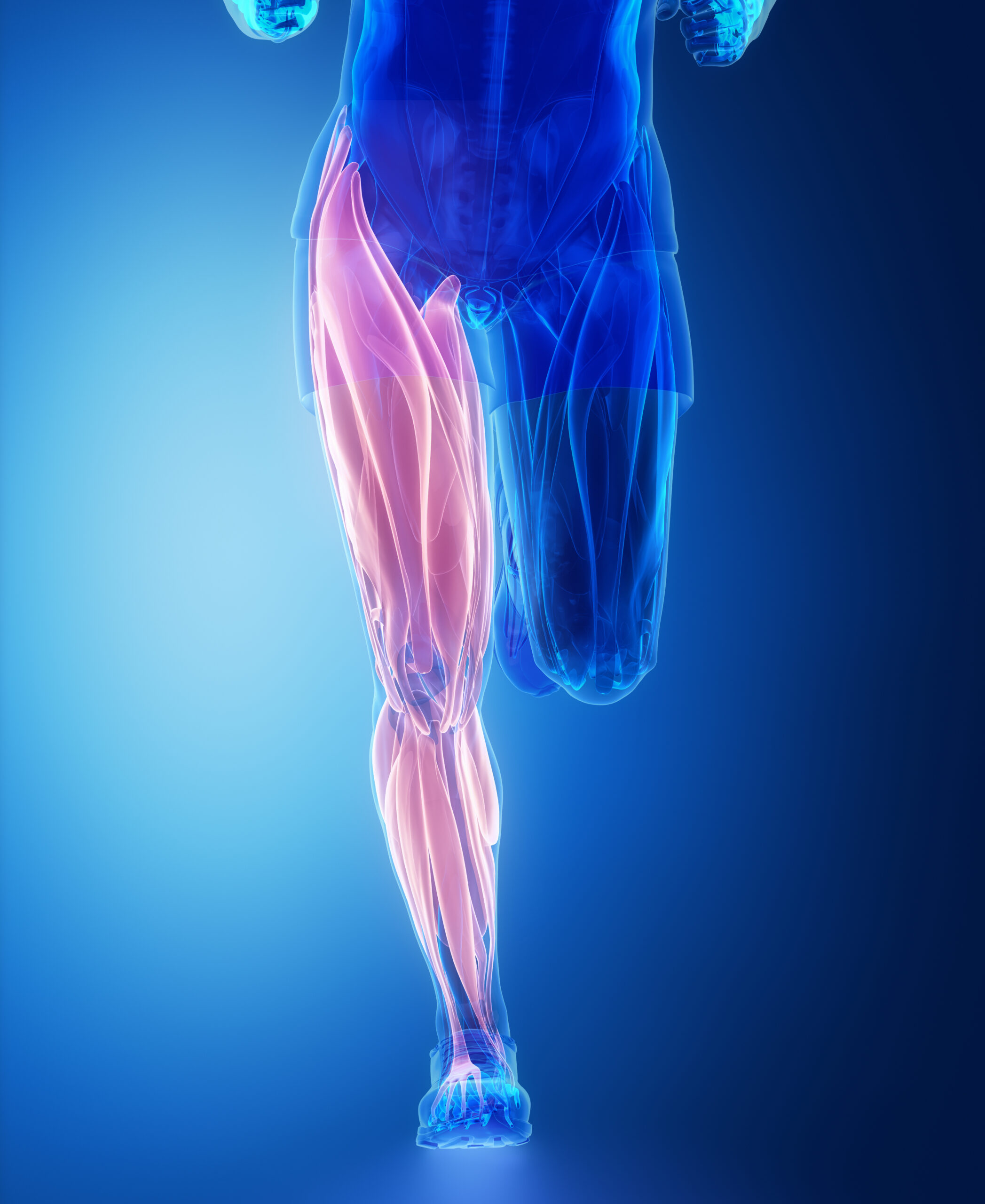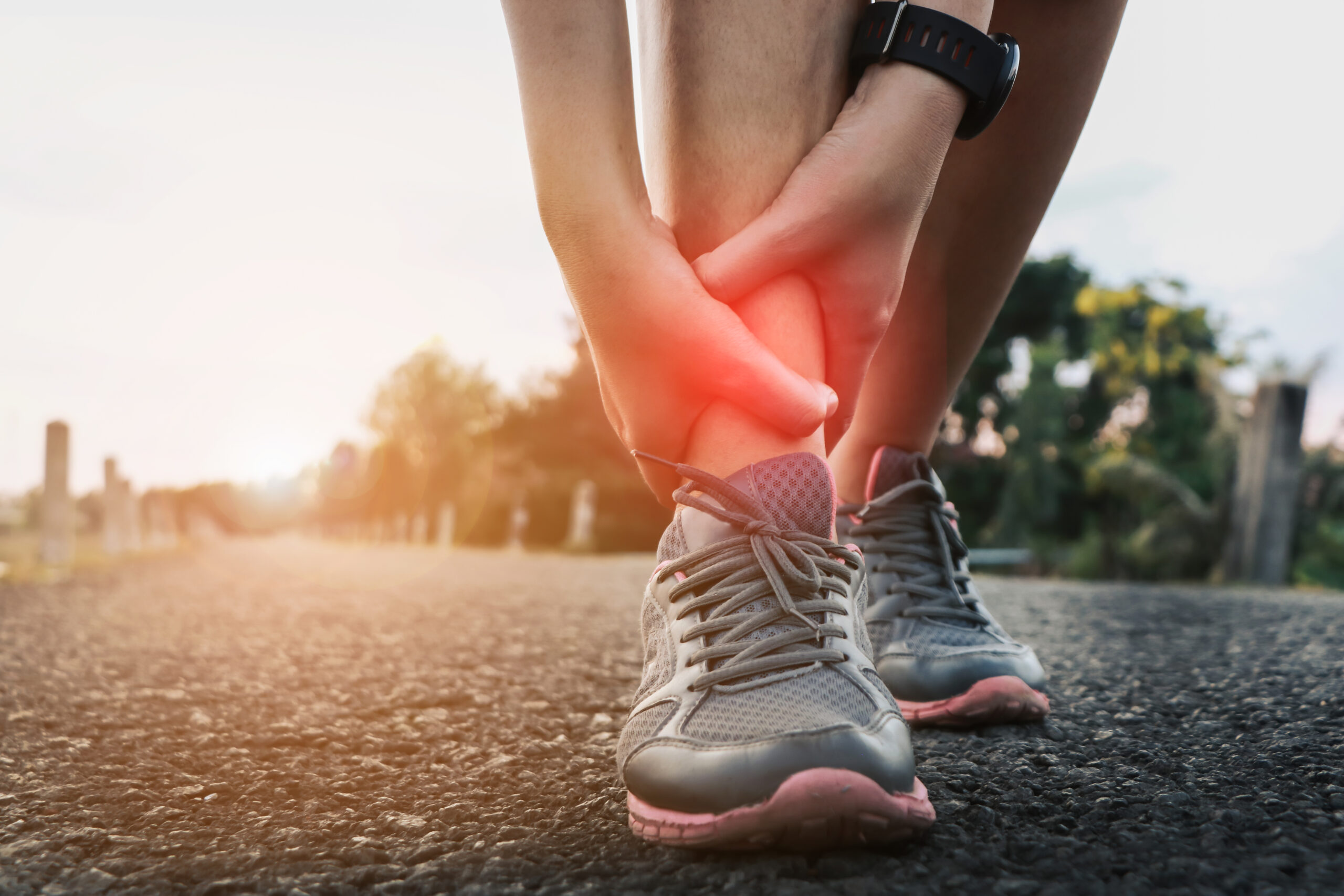Severe Leg Cramps and Where They Can Occur
Asking someone where severe leg cramps can occur might seem like a silly thing to do. But there’s more to it—Actually, there’s a lot more. These sudden and intense episodes of pain are utterly debilitating. Oftentimes, they’re accompanied by tightness and spasms and can feel like someone is twisting your leg into impossible knots. Your entire body is affected, making it difficult to move. You are not the only one either. The Medical University of South Carolina recently put out a newsletter stating, “It is estimated that 60 percent of adults have cramps from time to time.” They further explain that “The frequency increases as we age.” (Muscle Cramps & Spasms)
So, let’s get to the meat of the matter!
You are right. Of course, severe leg cramps occur in the legs. More specifically, the muscles of the legs, and there are a lot of them. In fact, the largest muscle of the human body can be found there. You might be sitting on it right now. It is the gluteus maximus! If that wasn’t enough, the longest muscle can be found there too—You won’t be sitting on this one. It’s the sartorius, a thin muscle that runs down the upper thigh. Not to mention all the other intricate muscles that work to support your hips, knees, and ankles.
Here’s where most people report having severe leg cramps, from the most common to the least:
- Thighs
- Inner legs
- Hamstrings
- Feet (Yes, the feet too)
The human body was made to move, to go places and do things. It is the legs that make that happen. All the more reason to understand their major muscle groups, how they work together, and exactly where your cramp might be occurring.
Thigh Cramps
The thigh is an absolute powerhouse. More muscle means more chance for severe leg cramps. Made up of numerous key muscles that work together to not only facilitate movement and stabilize lower extremities, the primary ones are the:
- Quadriceps femoris
- Hamstrings (Even more on this later)
- Adductors
The quadriceps femoris (“Quad” for short) is a large muscle group located at the front of your thigh. It’s responsible for extending your knee and straightening your leg. The hamstrings are located in the exact opposite place: The back of your thigh. They are responsible for flexing your knee and bending your leg. Finally, the adductors are a group of muscles located on the inner portion of your thigh and are connected to your pelvis. They work in unison to bring your legs back center.

Whether it be walking, running, or jumping—Anything, really—these key muscles work together in a beautifully coordinated way. They are what propels your body forward. The quad extends your knee, and your foot pushes off the ground. Then, your hamstring works to slow the subsequent descent of your body. All the while, your adductors maintain your balance in preparation for the next step.
Inner Leg Cramps
Just like the thigh, the inner leg contains several key muscles that work together harmoniously to control the movement of your ankles and knees. On top of that, they specialize in stabilizing your ankles and knees. Some of the primary muscles susceptible to severe leg cramps are the:
- Tibialis anterior
- Soleus
- Gastrocnemius
- Plantaris
Located on the front of your shin, the tibialis anterior is responsible for two very fancy-sounding movements. The first, dorsiflexion (Lifting the foot upward). The second, inversion (Turning the foot inward). The soleus is located just under your gastrocnemius (Or the larger calf muscle). It helps with plantar flexion (Which is pointing your foot downward). The gastrocnemius also helps with this. Finally, the plantaris is a small, slender muscle that runs between the soleus and gastrocnemius, helping with the same movements.
FUN FACT: The plantaris is commonly considered to be a vestigial (Accessory) muscle and is often harvested for tendon grafts elsewhere in the body.
These key muscles work together in controlling and stabilizing the movement of your knees and ankles. The tibialis anterior and soleus work nonstop to control what direction your foot points. At the same time, the gastrocnemius and plantaris work to ensure you have the power needed for sudden movements.
Hamstring Cramps
Like a lot of muscle groups that are often referred to as just one muscle, the hamstring is an entire group of them. They’re located on the back of your thigh and work together to produce movement by coordinating strength and stability between your hips and knees. They are the:
- Biceps femoris
- Semitendinosus
- Semimembranosus
The biceps femoris is the most lateral muscle of the group (Or the one furthest away from the center of your body and inner thigh). It acts on both the hip and the knee. The semitendinosus is just one step over and is responsible for hip extension and knee flexion. Then the semimembranosus is the largest and most medial muscle of the hamstrings (Or the one closest to the center of your body and inner thigh). It also helps with hip extension and knee flexion.
When these muscles contract, they work together to produce movement at the hip and knee joints. For example, when running, the hamstrings contract to extend the hip and flex the knee. This allows your leg to swing backward into the next phase of the gait cycle (The time between two steps). Sustaining severe leg cramps here will bring your day to a screeching halt.
Severe Leg Cramps in the Legs and Feet
If you thought the legs were complex, just wait. The foot has numerous muscles that work together to deliver stability, support, and flexibility to your foot and lower leg. They can be susceptible to severe leg cramps too. Some of them we have already talked about. Others are new. They are the:
- Tibialis anterior
- Gastrocnemius
- Soleus
- Peroneus longus and brevis
- Flexor digitorum longus
- Extensor digitorum longus
The peroneus longus and brevis wrap around the outside of your lower leg and foot. They are responsible for everting your foot (Or turning it upward). They also assist in dorsiflexion. The flexor digitorum longus and extensor digitorum longus are located deep within the calf. They run down the length of the lower leg and connect to the foot. However, they do two vastly different jobs. The flexor digitorum longus helps to flex your toes, while the extensor digitorum helps to extend them.
These muscles play a crucial role—If not the most crucial role—in maintaining balance and stability. This is especially true when you walk on uneven or rocky surfaces. Not to mention, they provide natural shock absorption that helps to protect the bones, joints, and tissues of your entire body.
By working together in an intricately coordinated way, the muscles of your foot provide the foundation for movement for all your lower extremities. Severe leg cramps throw a wrench in that.

Treatment for Severe Leg Cramps
Understanding the major muscle groups of your legs, how they work together, and exactly where your leg cramp might be occurring is integral in determining the best course of action and treatment for severe leg cramps. Many of these muscle groups are interconnected and dramatically dependent on each other. A cramp in one can send a rippling effect throughout the others. This causes a severe detriment to the quality of your life and your enjoyment of it.
You were made to go places and do things, to experience life at its fullest. So don’t let something treatable get in your way. Don’t let it slow you down. And never, under any circumstances, let it make you stop moving.
ANY and ALL leg muscle cramps can be treated with the proper information and a caring specialist.










